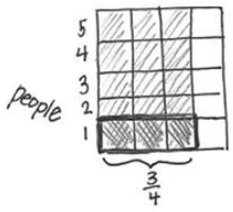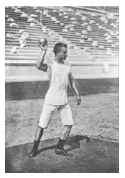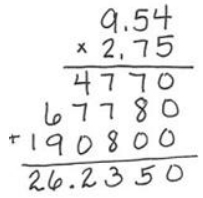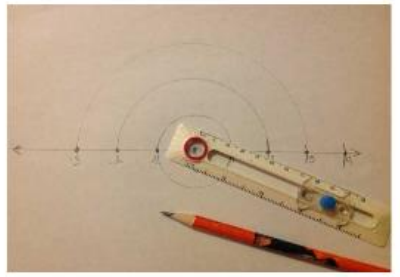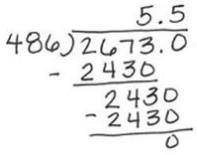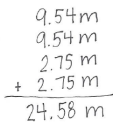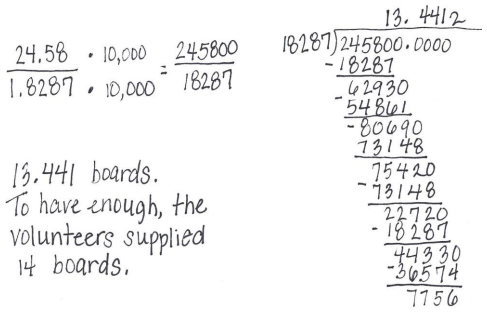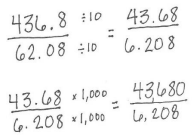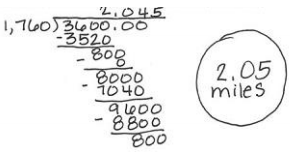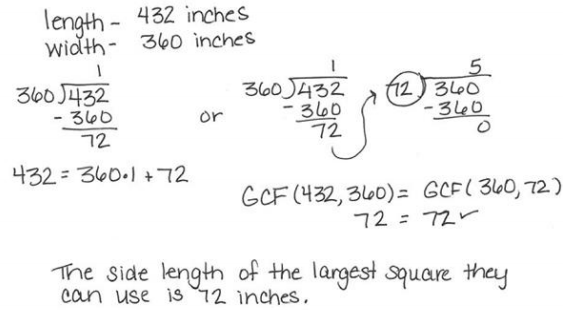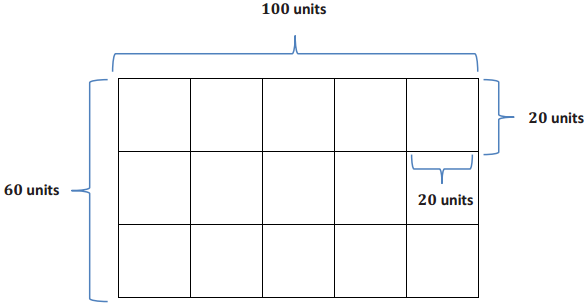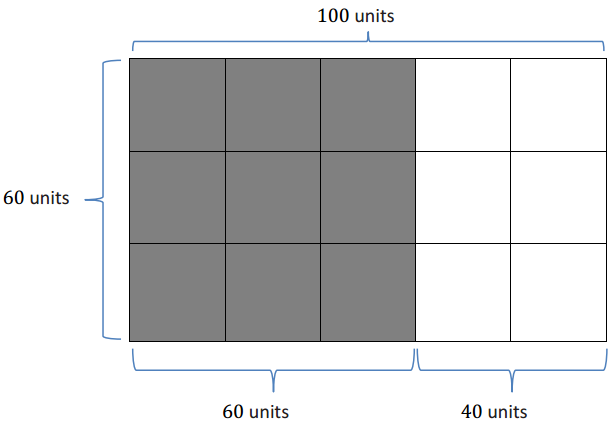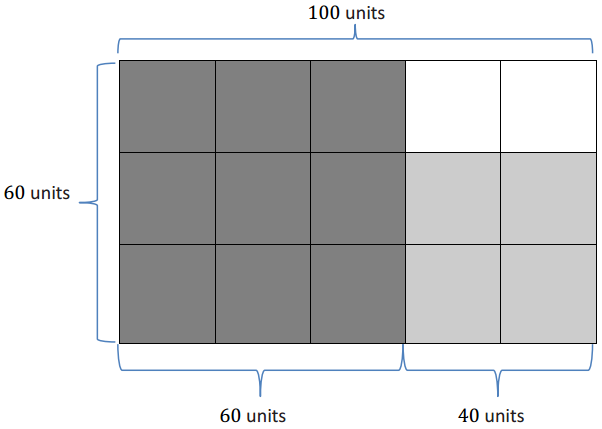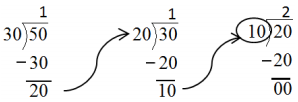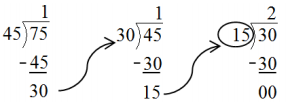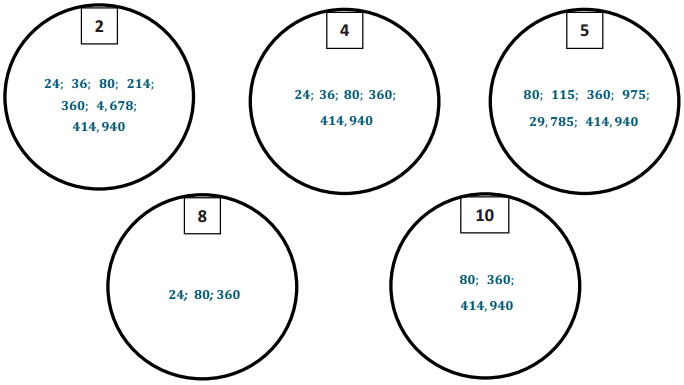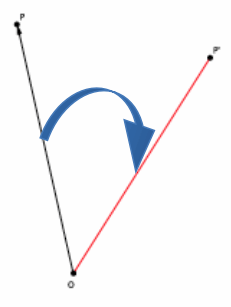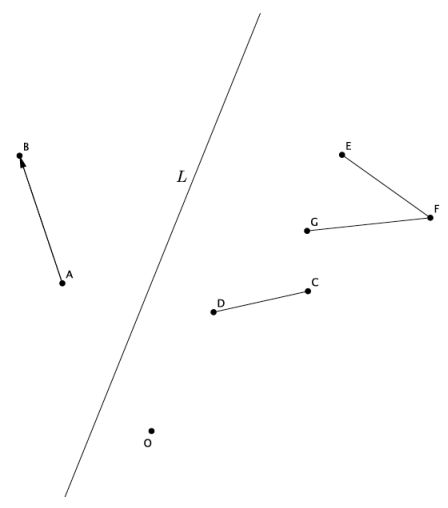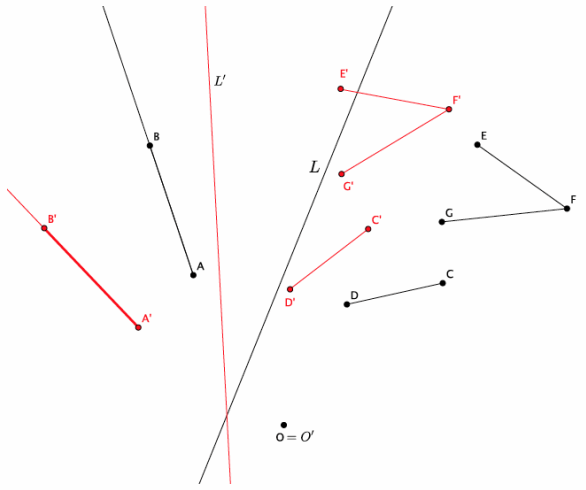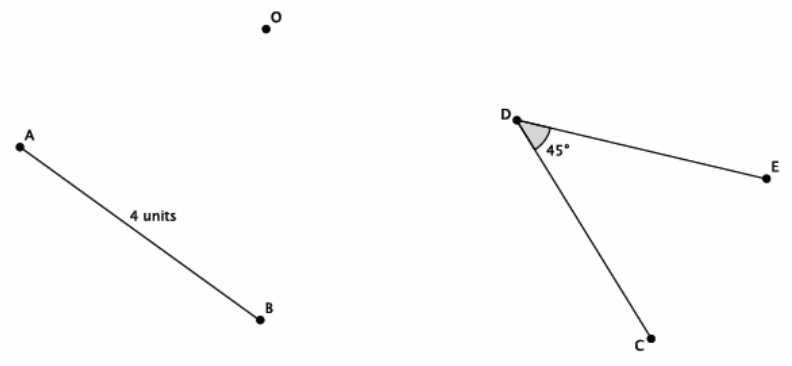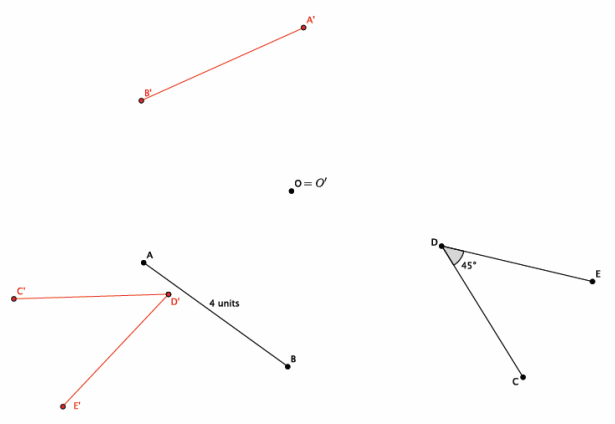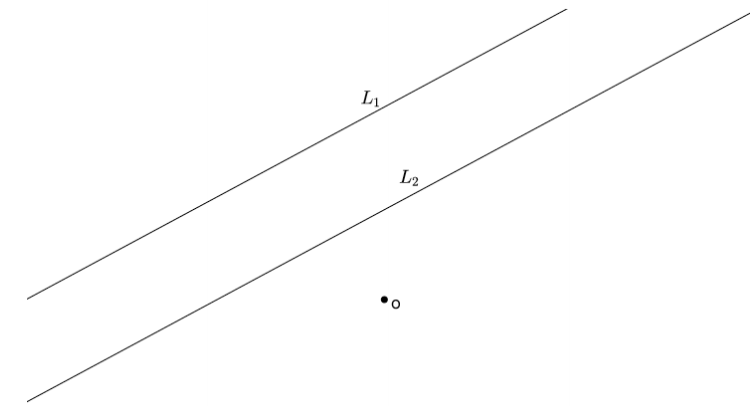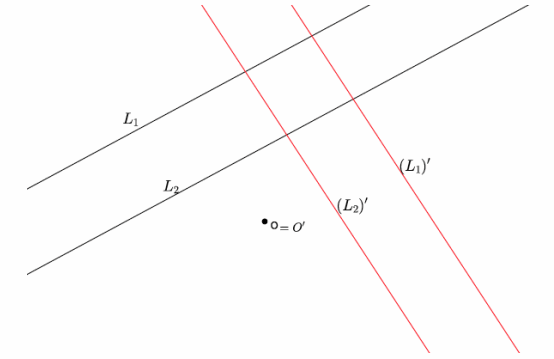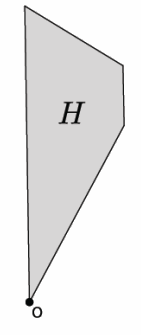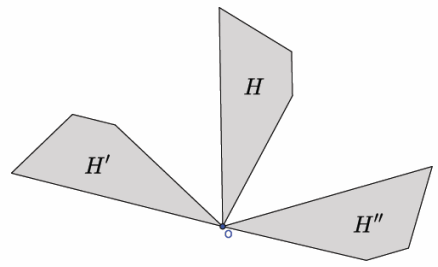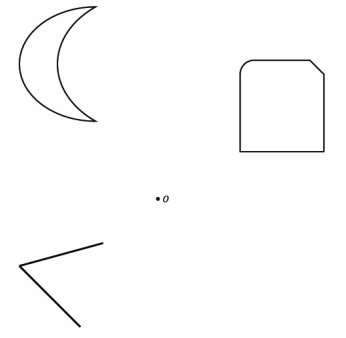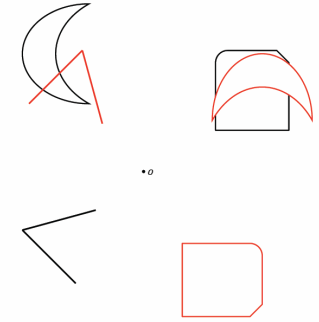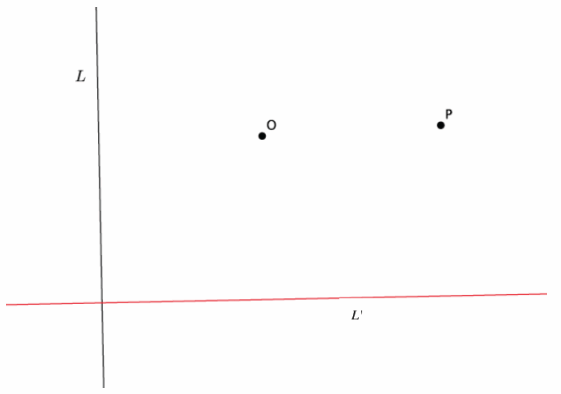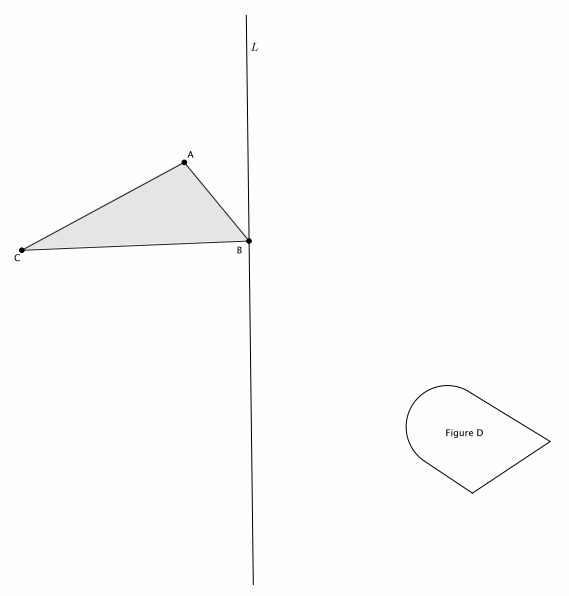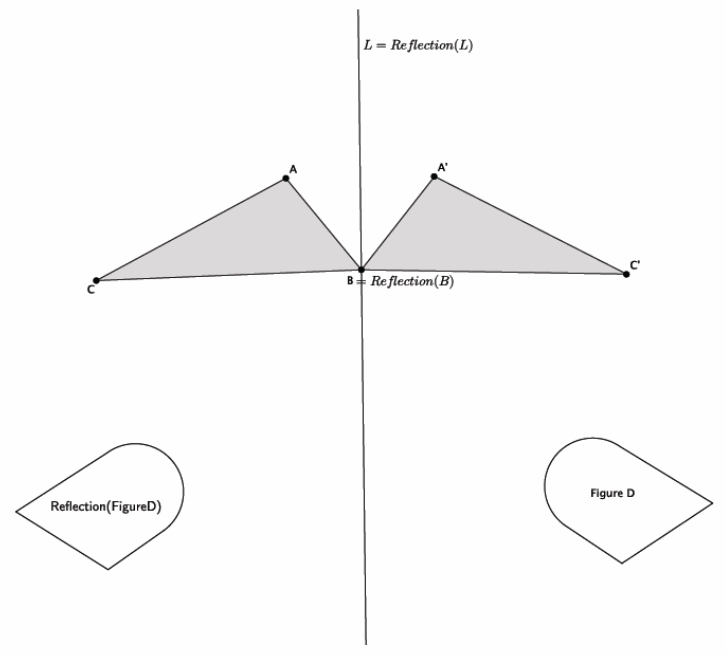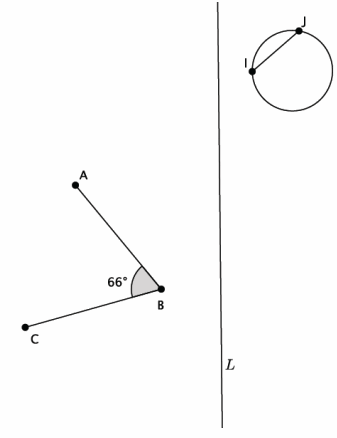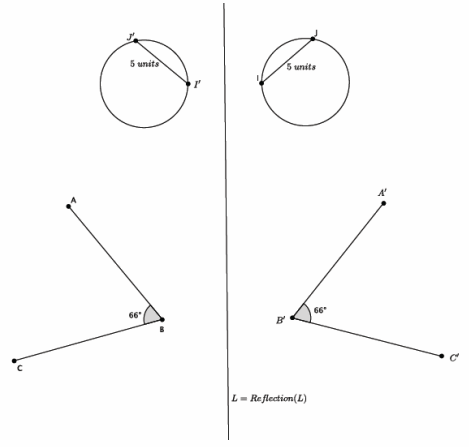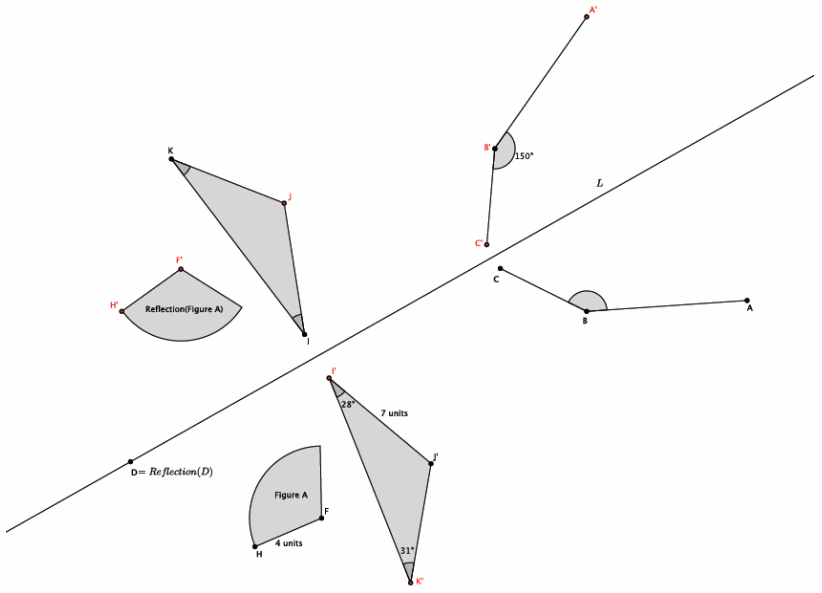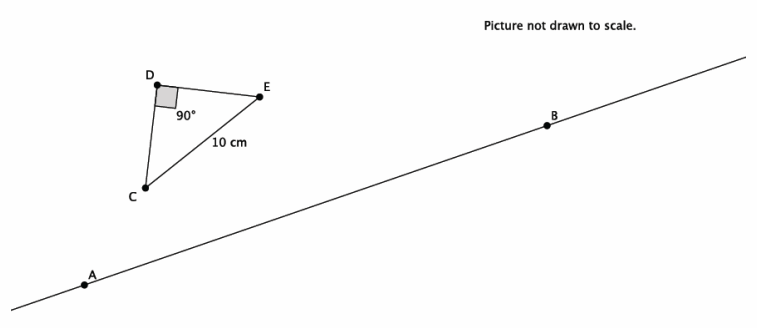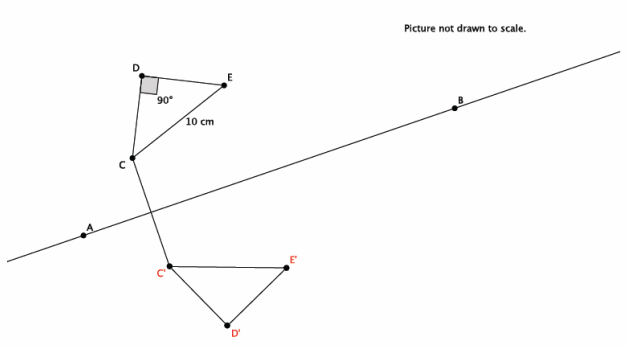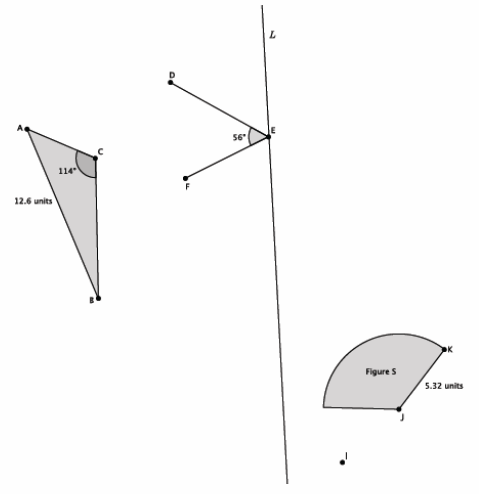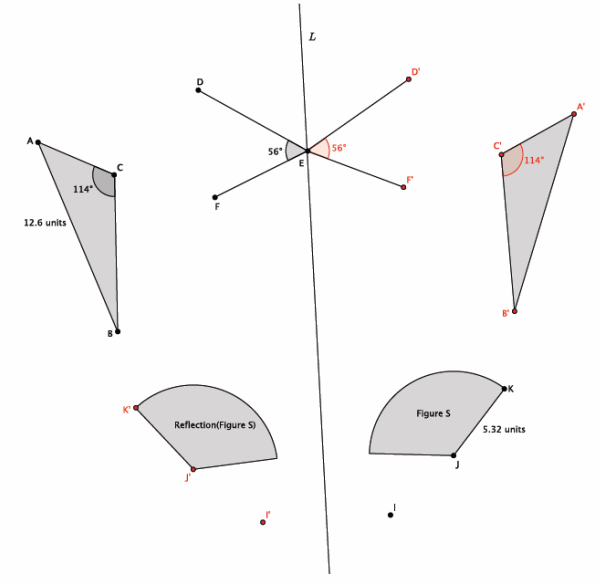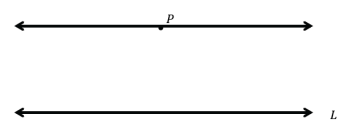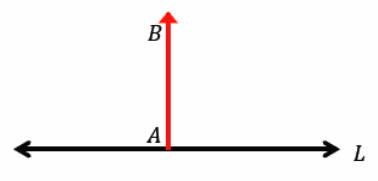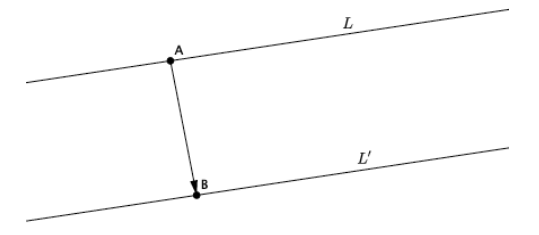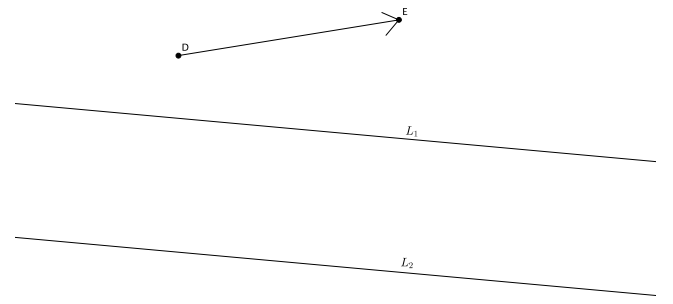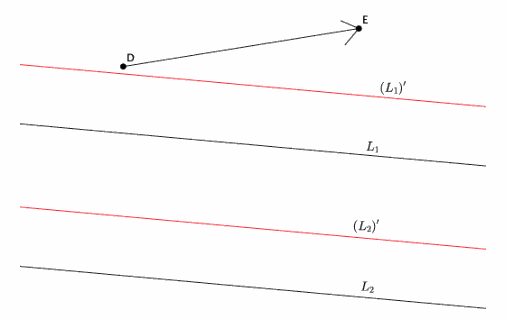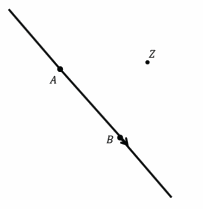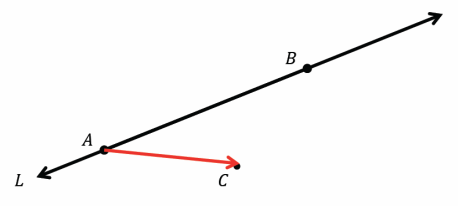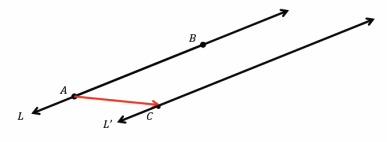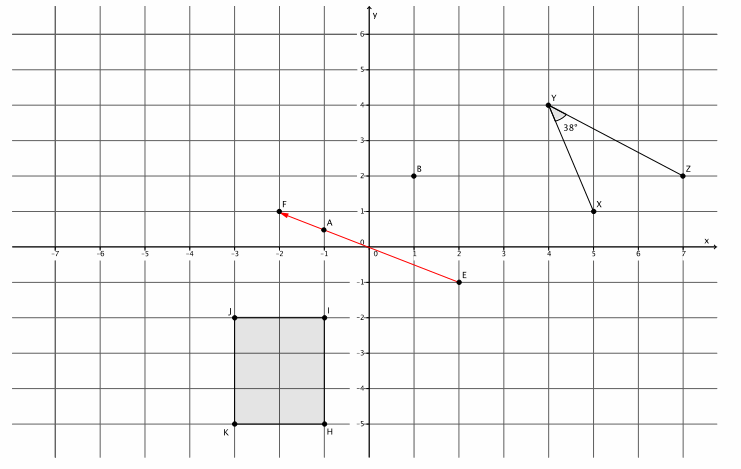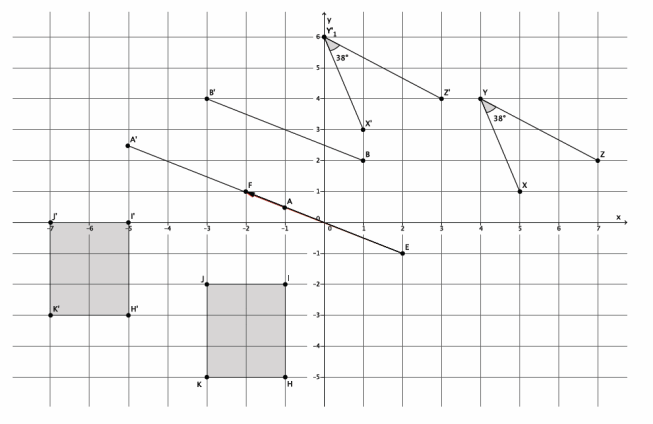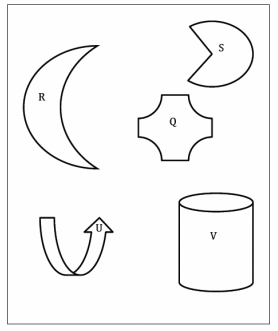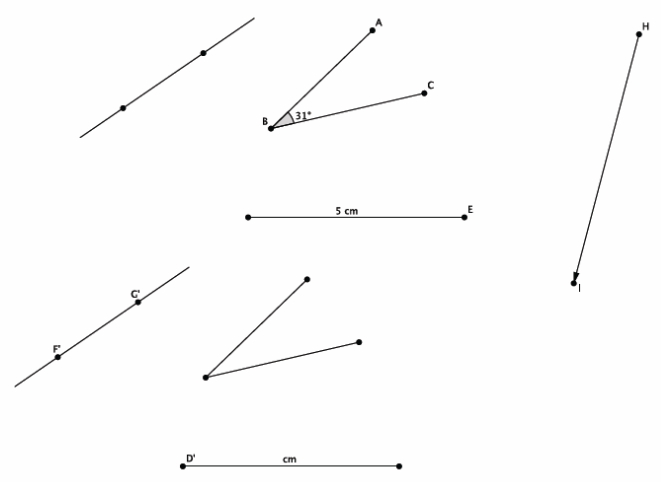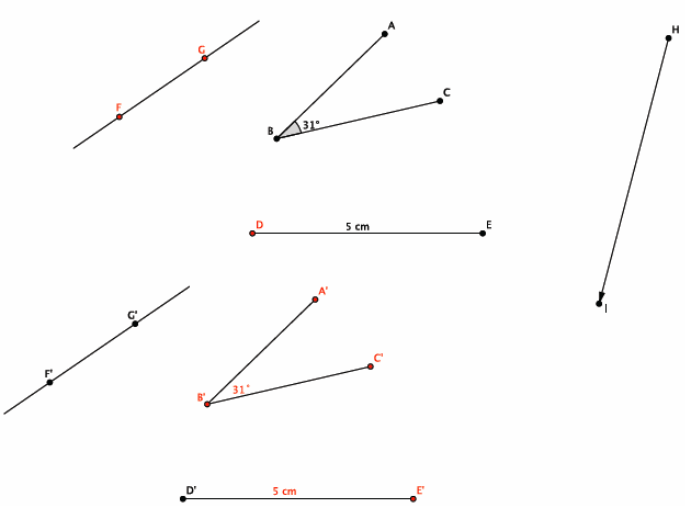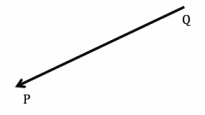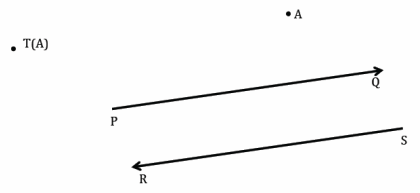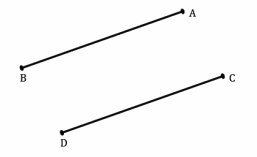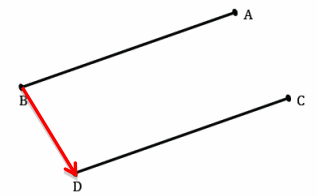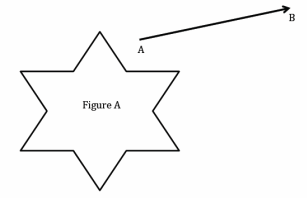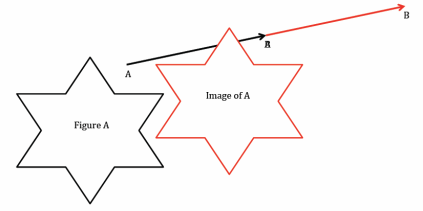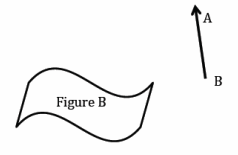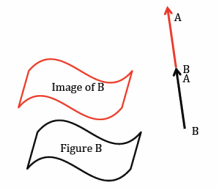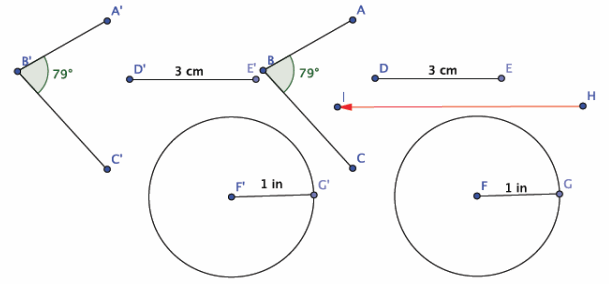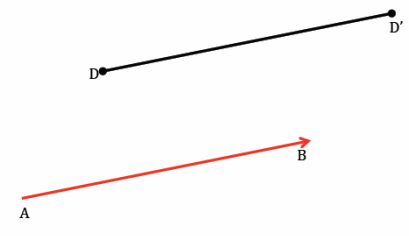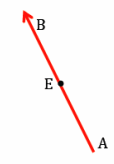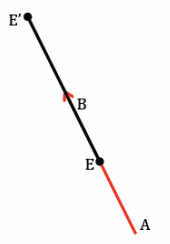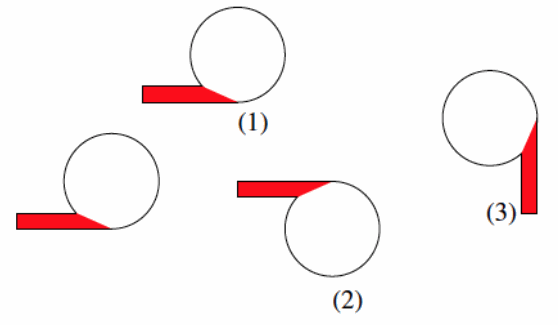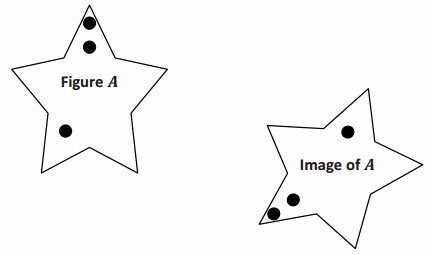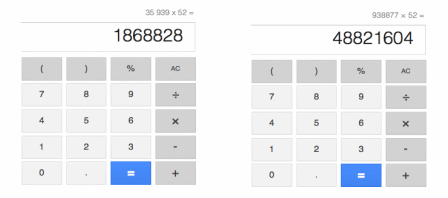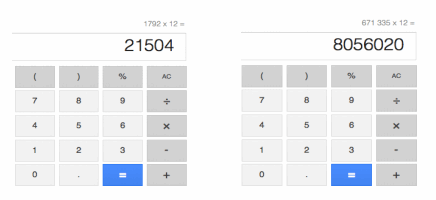Engage NY Eureka Math 6th Grade Module 2 Lesson 18 Answer Key
Eureka Math Grade 6 Module 2 Lesson 18 Example Answer Key
Find the greatest common factor of 12 and 18.
→ Listing these factor pairs in order helps ensure that no common factors are missed. Start with 1 multiplied by the number.
→ Circle all factors that appear on both lists.
→ Place a triangle around the greatest of these common factors.
GCF (12, 18)
12
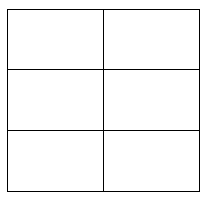
Answer:
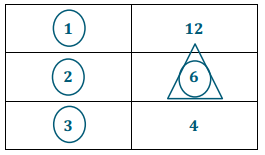
18
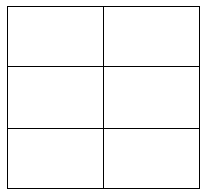
Answer:
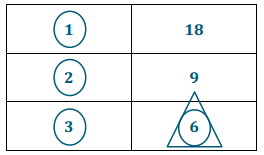
Example 2.
Least Common Multiple
Find the least common multiple of 12 and 18.
LCM (12, 18)
Write the first 10 multiples of 12.
Answer:
12, 24, 36, 48, 60, 72, 84, 96, 108, 120
Write the first 10 multiples of 18.
Answer:
18, 36, 54, 72, 90, 108, 126, 144, 162, 180
Circle the multiples that appear on both lists.
Answer:

Put a rectangle around the least of these common multiples.
Answer:

Eureka Math Grade 6 Module 2 Lesson 18 Exercise Answer Key
Exercise 1.
Station 1: Factors and GCF
Choose one of these problems that has not yet been solved. Solve It together on your student page. Then, use your marker to copy your work neatly on the chart paper. Use your marker to cross out your choice so that the next group solves a different problem.
GCF (30, 50)
Answer:
Factors of 30: 1, 2, 3, 5, 6, 10, 15, 30 Factors of 50: 1, 2, 5, 10, 25, 50
Common Factors: 1, 2, 5, 10 Greatest Common Factor: 10
GCF (30, 45)
Answer:
Factors of 30: 1, 2, 3, 5, 6, 10, 15, 30 Factors of 45: 1, 3, 5, 9, 15, 45
Common Factors: 1, 3, 5, 15 Greatest Common Factor: 15
GCF (45, 60)
Answer:
Factors of 45: 1, 3, 5, 9, 15, 45 Factors of 60: 1, 2, 3, 4, 5, 6, 10, 12, 15, 20, 30, 60
Common Factors: 1, 3, 5, 15 Greatest Common Factor: 15
GCF (42, 70)
Answer:
Factors of 42: 1, 2, 3, 6, 7, 14, 21, 42 Factors of 70: 1, 2, 5, 7, 10, 14, 35, 70
Common Factors: 1, 2, 7, 14 Greatest Common Factor: 14
GCF (96, 144)
Answer:
Factors of 96: 1, 2, 3, 4, 6, 8, 12, 16, 24, 32, 48, 96 Factors of 144: 1, 2, 3, 4, 6, 8, 9, 12, 16, 18, 24, 36, 48, 72, 144
Common Factors: 1, 2, 3, 4, 6, 8, 12, 16, 24, 48 Greatest Common Factor: 48
Next, choose one of these problems that has not yet been solved:
a. There are 18 girls and 24 boys who want to participate in a Trivia Challenge. If each team must have the same ratio of girls and boys, what is the greatest number of teams that can enter? Find how many boys and girls each team would have.
Answer:
6 teams can enter the Trivia Challenge, each having 3 girls and 4 boys.
b. Ski Club members are preparing Identical welcome kits for new skiers. The Ski Club has 60 hand-warmer packets and 48 foot-warmer packets. Find the greatest number of identical kits they can prepare using all of the hand-warmer and foot-warmer packets. How many hand-warmer packets and foot-warmer packets would each welcome kit have?
Answer:
There would be 12 welcome kits, each having 5 hand-warmer packets and 4 foot-warmer packets.
c. There are 435 representatives and 100 senators serving in the United States Congress. How many Identical groups with the same numbers of representative and senators could be formed from all of Congress if we want the largest groups possible? How many representatives and senators would be In each group?
Answer:
5 identical groups with the same numbers of representatives and senators can be formed, each group with 87 representatives and 20 senators.
d. Is the GCF of a pair of numbers ever equal to one of the numbers? Explain with an example.
Answer:
Yes. Valid examples should show a pair of numbers where the lesser of the two numbers is a factor of the greater number; the greater of the two numbers is a multiple of the lesser number.
e. Is the GCF of a pair of numbers ever greater than both numbers? Explain with an example.
Answer:
No. Factors are, by definition, less than or equal to the number. Therefore, the GCF cannot be greater than both numbers.
Station 2: Multiples and LCM
Choose one of these problems that has not yet been solved. Solve it together on your student page. Then, use your marker to copy your work neatly on the chart paper. Use your marker to cross out your choice so that the next group solves a different problem.
LCM (9, 12)
Answer:
Multiples of 9: 9, 18, 27, 36 Multiples of 12: 12, 24, 36
Least Common Multiple: 36
LCM (8, 18)
Multiples of 8: 8, 16, 24, 32, 40, 48, 56, 64, 72 Multiples of 18: 18, 36, 54, 72
Least Common Multiple: 72
LCM (4, 30)
Multiples of 4: 4, 8, 12, 16, 20, 24, 28, 32, 36, 40, 44, 48, 52, 56, 60 Multiples of 30: 30, 60
Least Common Multiple: 60
LCM (12, 30)
Multiples of 12: 12, 24, 36, 48, 60 Multiples of 30: 30 ,60
Least Common Multiple: 60
LCM (20, 50)
Multiples of 20: 20, 40, 60, 80, 100 Multiples of 50: 50, 100
Least Common Multiple: 100
Next, choose one of these problems that has not yet been solved. Solve it together on your student page. Then, use your marker to copy your work neatly on this chart paper and to cross out your choice so that the next group solves a different problem.
a. Hot dogs come packed 10 in a package. Hot dog buns come packed 8 in a package. If we want one hot dog for each bun for a picnic with none left over, what is the least amount of each we need to buy? How many packages of each item would we have to buy?
Answer:
Four packages of hot dogs = 40 hot dogs. Five packages of buns = 40 buns. LCM (8, 10) = 40.
b. Starting at 6:00 a.m., a bus stops at my street corner every 15 minutes. Also starting at 6:00 a.m., a taxi cab comes by every 12 minutes. What is the next time both a bus and a taxi are at the corner at the same time?
Answer:
Both o bus and a taxi arrive at the corner at 7:00 a.m., which is 60 minutes after 6:00 a.m.
LCM (12, 15) = 60.
c. Two gears in a machine are aligned by a mark drawn from the center of one gear to the center of the other. If the first gear has 24 teeth, and the second gear has 40 teeth, how many revolutions of the first gear are needed until the marks line up again?
Answer:
The first gear needs five revolutions. During this time, 120 teeth pass by. The second gear revolves three times. LCM(24, 40) = 120.
d. Is the LCM of a pair of numbers ever equal to one of the numbers? Explain with an example.
Answer:
Yes. Valid examples should show of a pair of numbers where the lesser of the two numbers is a factor of the greater number; the greater of the two numbers is a multiple of the lesser number.
e. Is the LCM of a pair of numbers ever less than both numbers? Explain with an example.
Answer:
No. Multiples are, by definition, equal to or greater than the number.
Station 3: Using Prime Factors to Determine GCF
Choose one of these problems that has not yet been solved. Solve it together on your student page. Then, use your marker to copy your work neatly on the chart paper and to cross out your choice so that the next group solves a different problem.
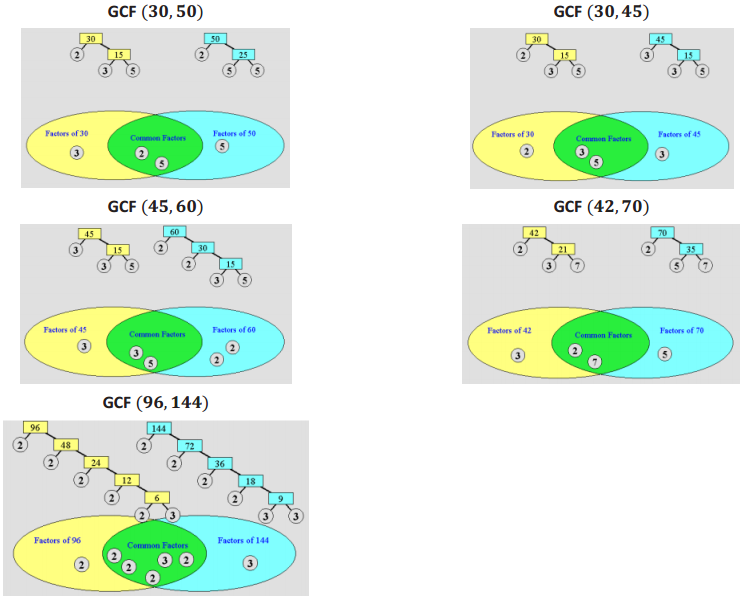
Next, choose one of these problems that has not yet been solved:
a. Would you rather find all the factors of a number or find all the prime factors of a number? Why?
Answer:
Accept opinions. Students should defend their answer and use accurate mathematical terms in their response.
b. Find the GCF of your original pair of numbers.
Answer:
See answers listed in Exploratory Challenge 1.
c. Is the product of your LCM and GCF less than, greater than, or equal to the product of your numbers?
Answer:
In all cases, GCF (a, b) . LCM (a, b) = a . b.
d. Glenn’s favorite number is very special because it reminds him of the day his daughter, Sarah, was born. The factors of this number do not repeat, and all of the prime numbers are less than 12. What is Glenn’s number? When was Sarah born?
Answer:
2 . 3 . 5 . 7 . 11 = 2,310 Sarah’s birth date is 2/3/10.
Station 4: Applying Factors to the Distributive Property
Choose one of these problems that has not yet been solved. Solve it together on your student page. Then, use your marker to copy your work neatly on the chart paper and to cross out your choice so that the next group solves a different problem.
Find the GCF from the two numbers, and rewrite the sum using the distributive property.
1. 12 + 18 =
Answer:
6(2) + 6(3) = 6(2 + 3) = 6(5) = 30
2. 42 + 14 =
Answer:
7(6) + 7(2) = 7(6 + 2) = 7(8) = 56
3. 36 + 27 =
Answer:
9(4) + 9(3) = 9(4 + 3) = 9(7) = 63
4. 16 + 72 =
Answer:
8(2) + 8(9) = 8(2 + 9) = 8(11) = 88
5. 44 + 33 =
Answer:
11(4) + 11(3) = 11(4 + 3) = 11(7) = 77
Next, add another example to one of these two statements applying factors to the distributive property.
Choose any numbers for n, a, and b.
n(a) + n(b) = n(a + b)
Answer:
Accept all mathematically correct responses.
n(a) – n(b) = n(a – b)
Answer:
The distributive property holds for addition as well as subtraction. Accept all mathematically correct responses.
Eureka Math Grade 6 Module 2 Lesson 18 Problem Set Answer Key
Station 1: Factors and GCF
Choose one of these problems that has not yet been solved. Solve it together on your student page. Then, use your marker to copy your work neatly on the chart paper and to cross out your choice so that the next group solves a different problem.
Find the greatest common factor of one of these pairs: 30, 50; 30, 45; 45, 60; 42, 70; 96, 144.
Answer:
Next, choose one of these problems that has not yet been solved:
a. There are 18 girls and 24 boys who want to participate in a Trivia Challenge. If each team must have the same ratio of girls and boys, what is the greatest number of teams that can enter? Find how many boys and girls each team would have.
Answer:
b. Ski Club members are preparing identical welcome kits for new skiers. The Ski Club has 60 hand-warmer packets and 48 foot-warmer packets. Find the greatest number of identical kits they can prepare using all of the hand-warmer and foot-warmer packets. How many hand-warmer packets and foot-warmer packets would each welcome kit have?
Answer:
c. There are 435 representatives and loo senators serving in the United States Congress. How many identical groups with the same numbers of representatives and senators could be formed from all of Congress if we want the largest groups possible? How many representatives and senators would be in each group?
Answer:
d. Is the GCF of a pair of numbers ever equal to one of the numbers? Explain with an example.
Answer:
e. Is the GCF of a pair of numbers ever greater than both numbers? Explain with an example.
Answer:
Station 2: Multiples and LCM
Choose one of these problems that has not yet been solved. Solve it together on your student page. Then, use your marker to copy your work neatly on the chart paper and to cross out your choice so that the next group solves a different problem.
Find the least common multiple of one of these pairs: 9, 12; 8, 18; 4, 30; 12, 30; 20, 50.
Answer:
Next, choose one of these problems that has not yet been solved:
a. Hot dogs come packed 10 in a package. Hot dog buns come packed 8 in a package. If we want one hot dog for each bun for a picnic, with none left over, what is the least amount of each we need to buy? How many packages of each item would we have to buy?
Answer:
b. Starting at 6:00 a.m., a bus stops at my street corner every 15 minutes. Also starting at 6:00 a.m., a taxi cab comes by every 12 minutes. What is the next time both a bus and a taxi are at the corner at the same time?
Answer:
c. Two gears in a machine are aligned by a mark drawn from the center of one gear to the center of the other. If the first gear has 24 teeth, and the second gear has 40 teeth, how many revolutions of the first gear are needed until the marks line up again?
Answer:
d. Is the LCM of a pair of numbers ever equal to one of the numbers? Explain with an example.
Answer:
e. Is the LCM of a pair of numbers ever less than both numbers? Explain with an example.
Answer:
Solve it together on your student page. Then, use your marker to copy your work neatly on this chart paper and to cross out your choice so that the next group solves a different problem.
Station 3: Using Prime Factors to Determine GCF
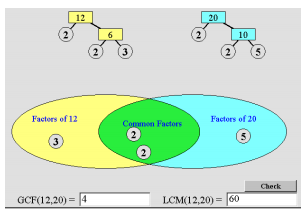
Choose one of these problems that has not yet been solved. Solve it together on your student page. Then, use your marker to copy your work neatly on the chart paper and to cross out your choice so that the next group solves a different problem.
Use prime factors to find the greatest common factor of one of the following pairs of numbers:
30, 50 30, 45 45, 60 42, 70 96, 144
Answer:
Next choose one of these problems that has not yet been solved:
a. Would you rather find all the factors of a number or find all the prime factors of a number? Why?
Answer:
b. Find the GCF of your original pair of numbers.
Answer:
c. Is the product of your LCM and GCF less than, greater than, or equal to the product of your numbers?
Answer:
d. Glenn’s favorite number is very special because it reminds him of the day his daughter, Sarah, was born. The factors of this number do not repeat, and all of the prime numbers are less than 12. What is Glenn’s number? When was Sarah born?
Answer:
Station 4: Applying Factors to the Distributive Property
Study these examples of how factors apply to the distributive property.
8 + 12 = 4(2) + 4(3) = 4(2 + 3) = 20
4(2) + 4(3) = 4(5) = 20
15 + 25 = 5(3) + 5(5) = 5(3 + 5) = 40
5(3) + 5(5) = 5(8) = 40
36 – 24 = 4(9) – 4(6) = 4(9 – 6) = 12
4(9) – 4(6) = 4(3) = 12
Choose one of these problems that has not yet been solved. Solve it together on your student page. Then, use your marker to copy your work neatly on the chart paper and to cross out your choice so that the next group solves a different problem.
Find the GCF from the two numbers, and rewrite the sum using the distributive property.
Question 1.
12 + 18 =
Answer:
Question 2.
42 + 14 =
Answer:
Question 3.
36 + 27 =
Answer:
Question 4.
16 + 72 =
Answer:
Question 5.
44 + 33 =
Answer:
Next, add another example to one of these two statements applying factors to the distributive property.
Choose any numbers for n, a, and b.
n(a) + n(b) = n(a + b)
Answer:
n(a) – n(b) = n(a – b)
Answer:
Eureka Math Grade 6 Module 2 Lesson 18 Exit Ticket Answer Key
Question 1.
Find the LCM and GCF of 12 and 15.
Answer:
LCM: 60; GCF: 3
Question 2.
Write two numbers, neither of which is 8, whose GCF is 8.
Answer:
Answers will vary (e.g., 16 and 24, or 24 and 32).
Question 3.
Write two numbers, neither of which is 28, whose LCM is 28.
Answer:
Answers will vary (e.g., 4 and 14, or 4 and 7).
Rate each of the stations you visited today. Use this scale:
3 – Easy – I’ve got It, I don’t need any help.
2 – Medium – I need more practice, but I understand some of It.
1 – Hard – I’m not getting this yet.
Complete the following chart:

